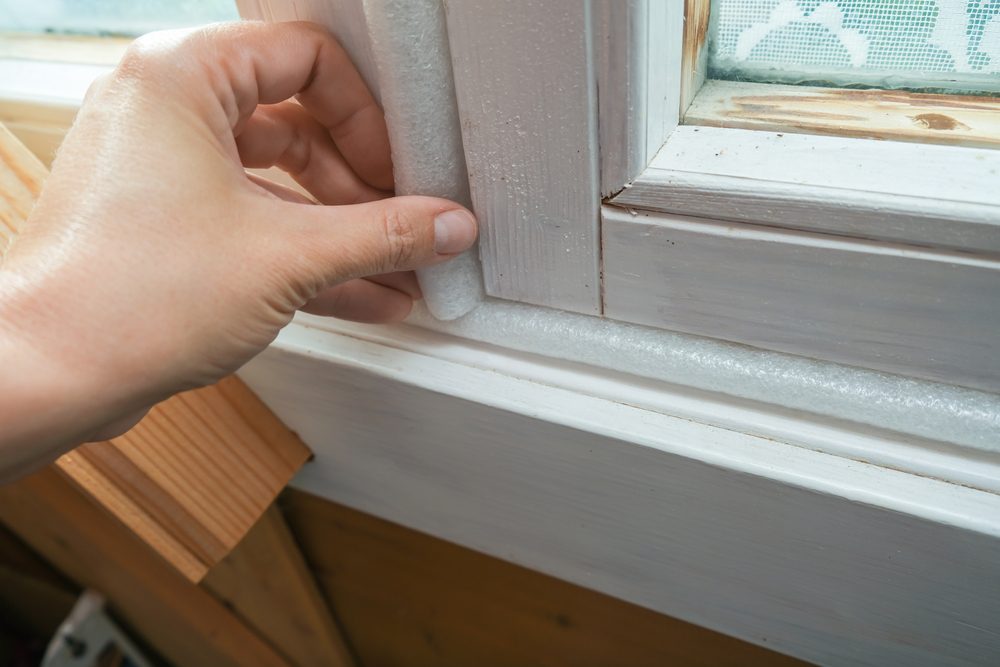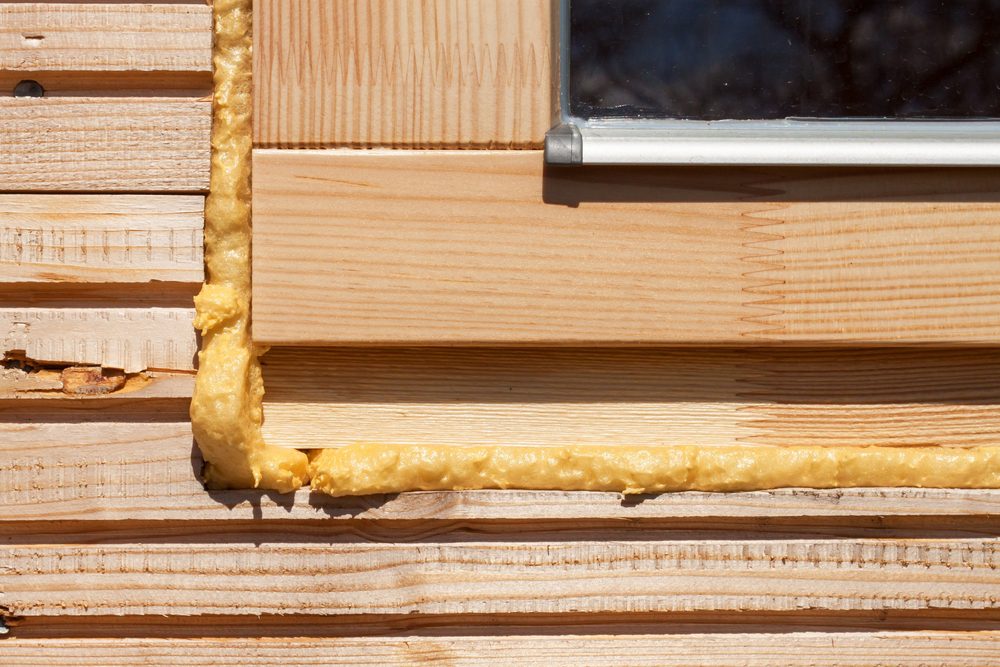
An air sealed house creates a more comfortable, energy-efficient, and healthy living environment. When addressing the uncontrolled air leaks, you enhance indoor air quality and reduce your energy bills. This process involves identifying and sealing off the points where air can enter or escape from your home, such as windows, doors, and various nooks and crannies. Air sealing is essential in all seasons, as it prevents warm air from escaping during winter and keeps cool air inside during summer. This ensures your heating and cooling systems work more efficiently.
Understanding the benefits of air sealing is the first step. Not only does it reduce energy consumption, but it also minimizes the strain on your HVAC system, thereby prolonging its lifespan. It also plays a vital role in preventing moisture build-up, which can lead to mold and mildew issues. Whether you are a DIY enthusiast or prefer professional help, learning how to air-seal your home effectively is invaluable. From simple weatherstripping to more complex insulation projects, there are numerous ways to tackle this task.
Let’s explore the techniques, materials, and best practices for air sealing your home, no matter the season.
Benefits of Air Sealing
An air seal home enhances your living space’s overall comfort and efficiency. When you understand how to air seal a house, you unlock many benefits that contribute to a healthier and more cost-effective home environment. Here are some benefits to consider:
-
Improving Indoor Air Quality
Air sealing improves your home’s indoor air quality. Sealing off the unintended pathways reduces the infiltration of outdoor pollutants, allergens, and dust. This is especially beneficial for individuals with allergies or respiratory issues. A well-sealed house maintains a cleaner and more controlled indoor environment, making it a healthier space for everyone.
-
Reduce Energy Usage
One of the most significant benefits of learning how to seal air leaks in your home is reducing energy usage. Unsealed homes often require more energy for heating and cooling as air escapes or enters freely. By air sealing, you enhance the efficiency of your HVAC system, leading to lower energy bills and a smaller carbon footprint.
-
Reduces Humidity and Moisture
Humidity and moisture can be problematic in homes, especially when they lead to mold and mildew buildup. Air sealing your home effectively reduces the humid air entering from outside. This control over humidity levels prevents mold growth and contributes to the overall durability of your home structure.
-
Helps Maintain a More Comfortable Temperature
A well-sealed house maintains a consistent and comfortable temperature, regardless of the season. In winter, it keeps the warm air inside; in summer, it prevents the cool air from escaping. This ensures comfort and reduces the strain on your heating and cooling systems.

Home Air Sealing Process
The first step in the air sealing process is detecting leaks. Professionals use blower doors and infrared cameras to identify areas where air is escaping or entering. These tools help create a comprehensive map of air movement within the house, pinpointing the locations that need sealing.
Once leaks are detected, various techniques are employed to seal them. Caulking and weatherstripping are common for filling gaps around windows and doors. Expanding foam or insulation materials might be used for larger gaps or holes.
Air Sealing Frequently Asked Questions
When understanding how to air seal a house, several questions often arise. Addressing these frequently asked questions provides clarity and helps homeowners make informed decisions about air sealing and insulating their homes.
What Parts of the House Should Be Air Sealed?
One of the key aspects of air sealing your home involves identifying which parts of the house are prone to air leaks. Common areas include windows, doors, attics, basements, and any penetrations for plumbing and electrical work. Inspecting these areas thoroughly is essential as they are the most likely places where air can escape or enter. Sealing these areas can enhance the energy efficiency and comfort of your home.
What’s the Difference Between Air Sealing and Insulating?
Air sealing involves stopping the uncontrolled air flow through gaps and cracks in the building envelope. Insulation, on the other hand, is about resisting heat flow through the building materials. While both contribute to energy efficiency, air sealing specifically targets the leaks that allow air exchange between the inside and outside of the house. Insulation, however, helps maintain the desired temperature by slowing down heat transfer. Both are essential for an energy-efficient home, but they serve different functions.
Can You Air Seal Your House on Your Own?
For those wondering how to seal air leaks in your home, it’s essential to know that many air sealing tasks can be DIY projects. Simple measures like applying caulking around windows and doors, installing weatherstripping, and using foam sealants for larger gaps are manageable for most homeowners. However, professional assistance may be beneficial for more comprehensive sealing, particularly in hard-to-reach areas like attics or basements.
Air sealing is a crucial step towards creating a comfortable, energy-efficient, and healthy living environment. By addressing uncontrolled air leaks, you not only enhance indoor air quality but also significantly reduce energy bills. Book a service with Hutchinson online today to start saving on your energy bills!

